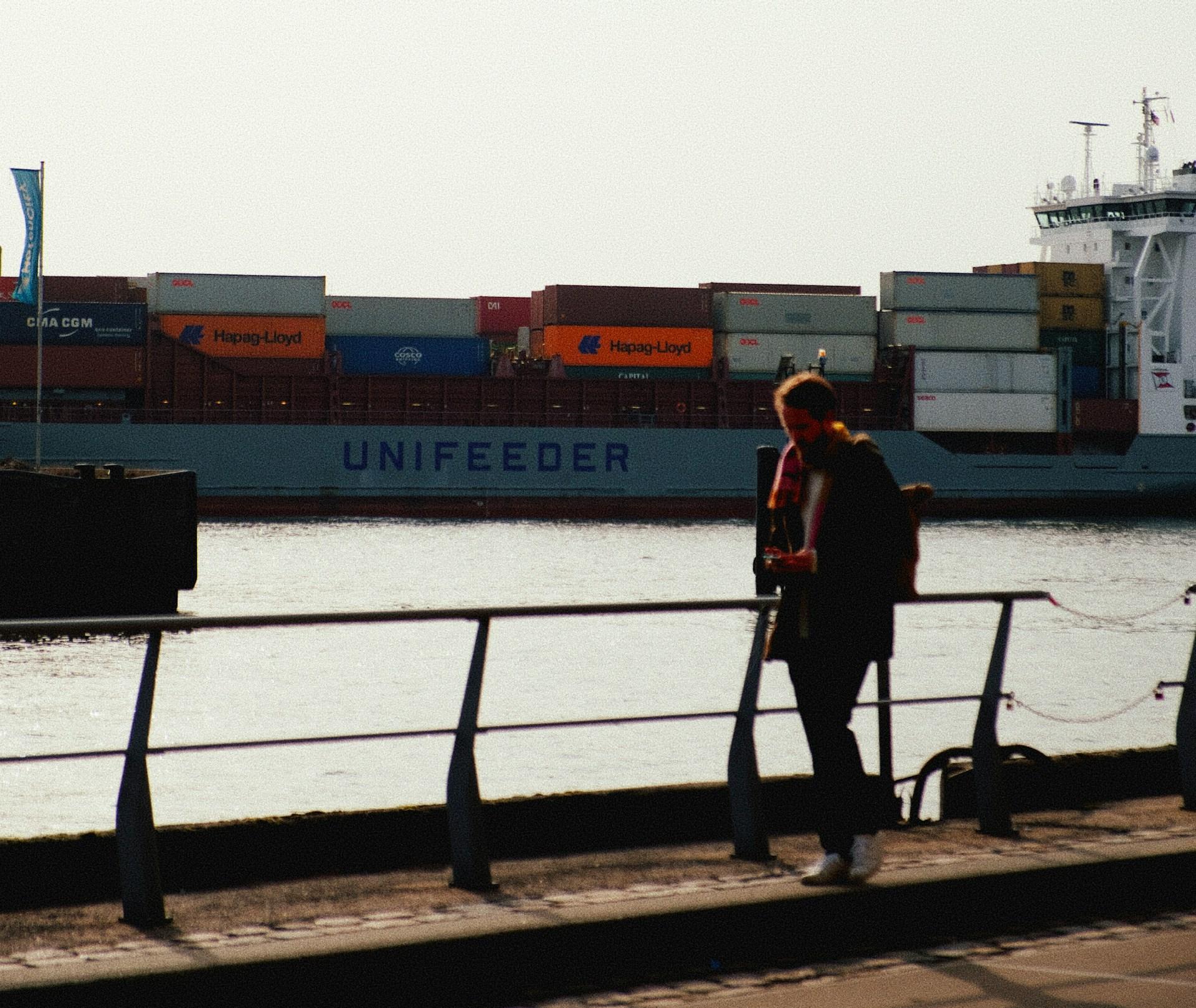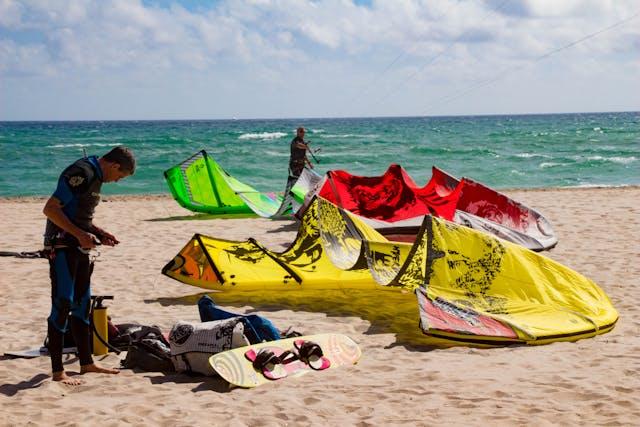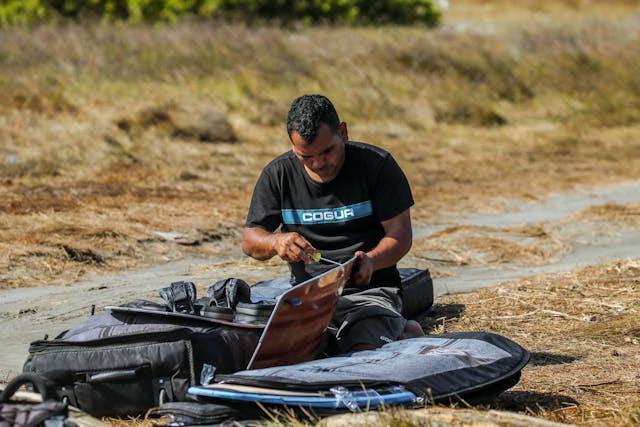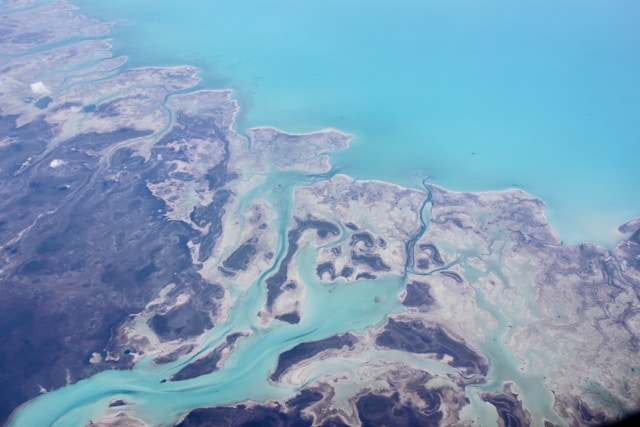
Moving to the Caribbean can feel like a dream come true. Between the turquoise waters, laid-back lifestyle, and warm tropical breeze, it’s easy to imagine yourself relaxing on the beach after unpacking your last box. However, before that happens, there’s a big task to handle – figuring out how to ship your belongings to the Caribbean safely, efficiently, and affordably. Whether you’re relocating permanently, sending household goods for a long-term stay, or moving part of your belongings to a vacation home, understanding the logistics of Caribbean shipping will make the process far smoother.
Understanding the Basics of Caribbean Shipping
Shipping to the Caribbean is different from moving within your home country. The region is made up of numerous islands, each with its own import laws, customs requirements, and port operations. Depending on your destination—Jamaica, the island of Barbados, or the Bahamas – you’ll need to select the right shipping method, prepare documentation, and understand import duties. Most shipments arrive by sea freight, as this is the most economical option for household goods. Air freight is faster but usually reserved for smaller, urgent shipments due to its higher cost.
Managing Costs and Planning Your Budget
Managing costs for overseas relocation is a crucial step in the planning process. Costs can include shipping rates, packing materials, customs duties, insurance, and destination delivery fees. To make your move cost-effective, research multiple quotes and compare service inclusions carefully. This is also where learning ways to avoid overspending when budgeting for an international move becomes essential. By setting a realistic moving budget and anticipating potential expenses, you’ll have better control over your finances. Smart organizing finances for a move overseas involves identifying areas where you can save, such as consolidating shipments, choosing slower transit options, or packing efficiently to reduce volume-based charges.
Ship Your Belongings to the Caribbean: Choosing the Right Shipping Method
There are two primary options for shipping household belongings overseas: full container load (FCL) and less than container load (LCL). With FCL, you rent an entire container, ideal for large shipments or a full household move. LCL allows you to share container space with other shipments, which can be more cost-effective if you’re sending fewer items. Air freight is an alternative when you have minimal cargo or time-sensitive goods. The best method depends on your volume, budget, and timeline.
Preparing Your Belongings for International Transport
Packing for an international move requires more care than a local one. The journey to the Caribbean may involve long transit times, humidity, and multiple handling points. Use sturdy boxes, seal them securely, and clearly label every item. Wrap fragile belongings in protective materials, and if possible, use waterproof containers for items sensitive to moisture. Remember that tropical climates can affect materials like wood, leather, or electronics, so proper protection is key.
Dealing with Customs and Documentation
Each Caribbean island has its own customs regulations. Some require detailed packing lists and proof of ownership, while others may ask for import licenses or permits. It’s essential to research your destination’s requirements early. Common documents include a bill of lading, passport copy, packing inventory, and proof of residence or work permit. Working with a reputable international moving company can simplify this process, as they’ll handle much of the documentation and customs coordination on your behalf.
Timing Your Shipment Correctly
Timing is everything when planning your move. The Caribbean has distinct weather patterns, including hurricane seasons that can affect shipping routes. Ideally, schedule your move during the drier months, usually between December and April, to minimize weather-related delays. Also, shipping schedules to some islands may be less frequent, so it’s wise to confirm transit times and arrival dates well in advance. Proper timing ensures your belongings arrive when you do, avoiding unnecessary storage costs or logistical headaches.
Finding a Reliable Shipping Partner
A trustworthy moving or shipping company can make all the difference in your relocation experience. Look for movers with experience handling Caribbean shipments specifically. They’ll understand regional customs, port operations, and local delivery challenges. Read reviews, check for international licensing, and ask whether they offer insurance coverage for ocean freight. A professional shipping partner can also provide door-to-door service, which means they’ll handle your belongings from your old home straight to your new Caribbean address.

Understanding Insurance for Overseas Moves
Even with the most careful planning, international shipments can face unexpected issues. Insurance is your safeguard against loss or damage during transport. Most moving companies offer various coverage levels – basic protection or full-value coverage based on your declared item values. Always review the policy details, understand what’s covered, and keep a record of high-value items with photos or receipts. In the tropical climate and long transit times, insurance provides valuable peace of mind.
Adapting to Island Logistics and Delivery
Island living often comes with slower-paced logistics. Once your shipment reaches the Caribbean port, it may take additional days to clear customs and transport your items to their final destination. Some smaller islands may not have large container ports, meaning your goods could be transferred via smaller vessels or trucks. Patience is key here, as efficiency can vary between islands. Communicate regularly with your shipping agent for updates and be prepared for minor delays, which are quite common in island freight operations.
Reducing Stress During Your Move
International moving can be stressful, but a well-organized plan helps tremendously. Start early by creating a checklist of tasks – packing, documentation, shipping schedules, and customs forms. Keep copies of all paperwork, track your shipment, and maintain open communication with your moving company. Decluttering before your move also helps; the fewer items you ship, the easier and cheaper the process becomes. Staying flexible and informed allows you to handle unexpected changes calmly and effectively.
Considering Storage Options Before and After Arrival
Sometimes, your belongings may arrive before you’re ready to move in, or you may not want to bring everything at once. In such cases, storage services are a practical solution. Many international movers provide temporary storage at the origin or destination. Choose climate-controlled storage if you’re dealing with humidity-sensitive items. Once your housing situation in the Caribbean is settled, you can schedule delivery at your convenience.
Adjusting to Life in the Caribbean
After your belongings arrive safely, the next chapter begins—settling into Caribbean life. It’s worth remembering that living on an island brings new routines and cultural experiences. Expect a more relaxed pace, local festivals, and friendly communities. You’ll quickly discover that the move was well worth the effort. Knowing that you managed the shipping process successfully will give you confidence as you adjust to your new surroundings.

Shipping to the Caribbean
The necessity to ship your belongings to the Caribbean doesn’t have to be complicated. With careful planning, reliable partners, and realistic expectations, you can make the transition smooth and stress-free. Understanding customs requirements, choosing the right shipping method, and planning your budget thoughtfully will help you avoid surprises along the way. Once your boxes are unpacked and you’re watching the sunset over the ocean, you’ll realize that the effort was only a small step toward a beautiful new life in paradise.
….
Launching a New Caribbean Business? You’ll Need a Website That Works.
gandor.tv specializes in creating professional, responsive, and visually stunning websites for businesses across the Caribbean. With years of hands-on experience, their team builds sites that not only look incredible but perform flawlessly – helping you reach your audience and achieve your business goals.
Don’t just take our word for it – here’s what one happy client shared:
“Working with gandor.tv was a game-changer for our business. Their team delivered a sleek, responsive site that truly reflects our brand. Whenever we need an update, they reply ‘DONE!’ within minutes. Highly recommend!”
Explore more glowing reviews and request your personalized quote today at gandor.tv

About the publisher CoolestCarib
CoolestCarib.com is a dynamic online destination celebrating the best of Caribbean travel and lifestyle. Featuring captivating articles, detailed travel guides, cultural insights, and local highlights, the site brings the spirit of the islands to life. Whether you’re looking for expert travel advice, the latest island events, culinary gems, or must-see attractions, CoolestCarib is your ultimate guide to all things Caribbean.
Beyond being a travel resource, CoolestCarib also doubles as a powerful marketing platform for Caribbean-based businesses. It gives local providers—such as restaurants, car rentals, water sports operators, and accommodations—a space to showcase their services. These listings are featured across a network of more than 60 established Caribbean websites, amplifying visibility and connecting businesses with a broader audience of travelers and locals alike.
Whether you’re dreaming up your next tropical getaway or seeking to grow your brand in the Caribbean market, CoolestCarib.com connects you directly to the vibrant heart and soul of the region.

Please Note:
- For more articles on Caribbean islands go to CoolestCarib.com
- Follow CoolestCarib on Facebook, Instagram and Twitter
- For website creation, hosting & services visit gandor.tv
Photo Credit
https://unsplash.com/photos/white-and-red-airplane-wing-over-the-sea-during-daytime–S15r4VsQhY
https://unsplash.com/photos/brown-and-black-turtle-on-body-of-water-gqQeXtvuuAQ

























































